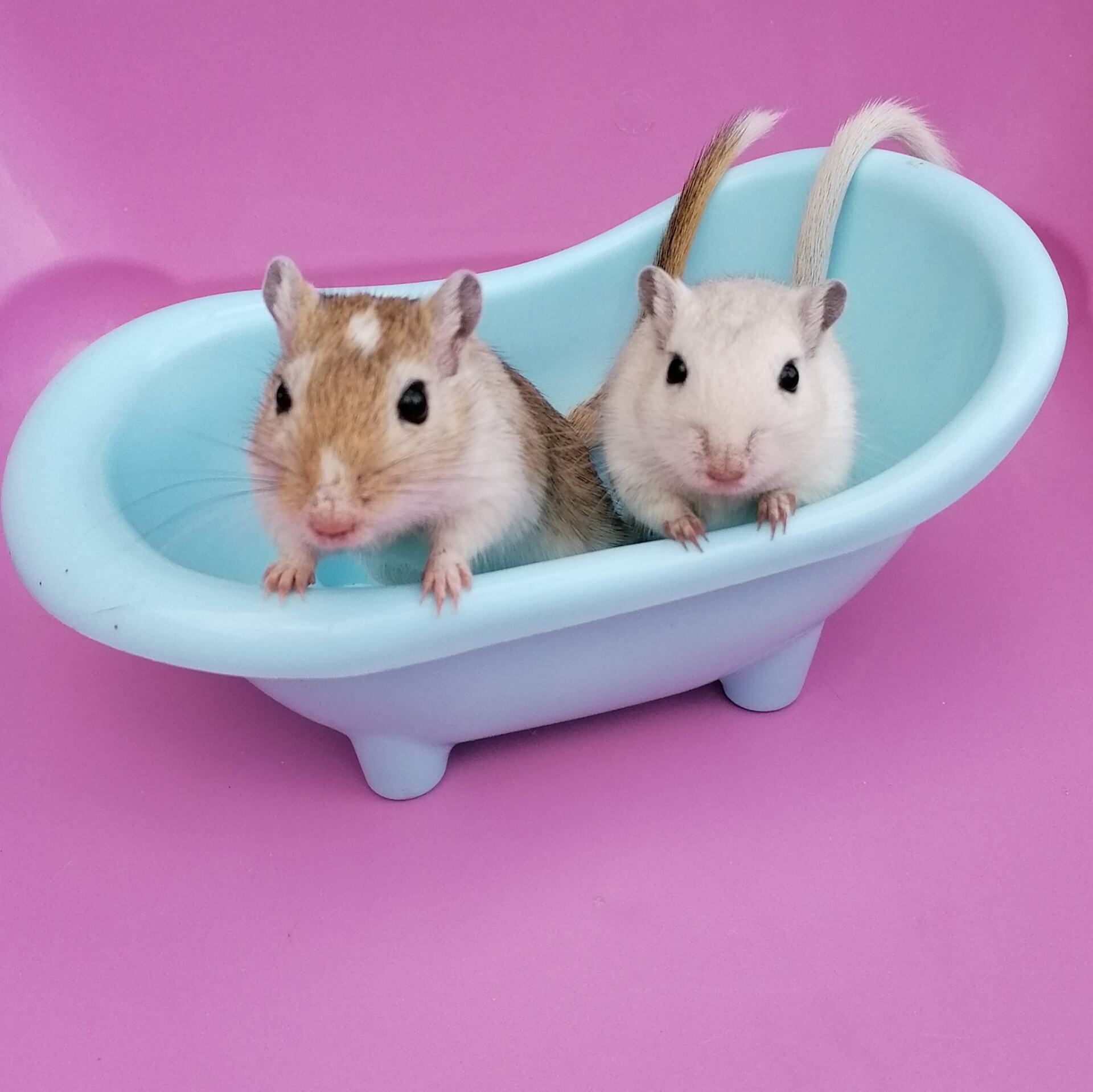Multimammate care
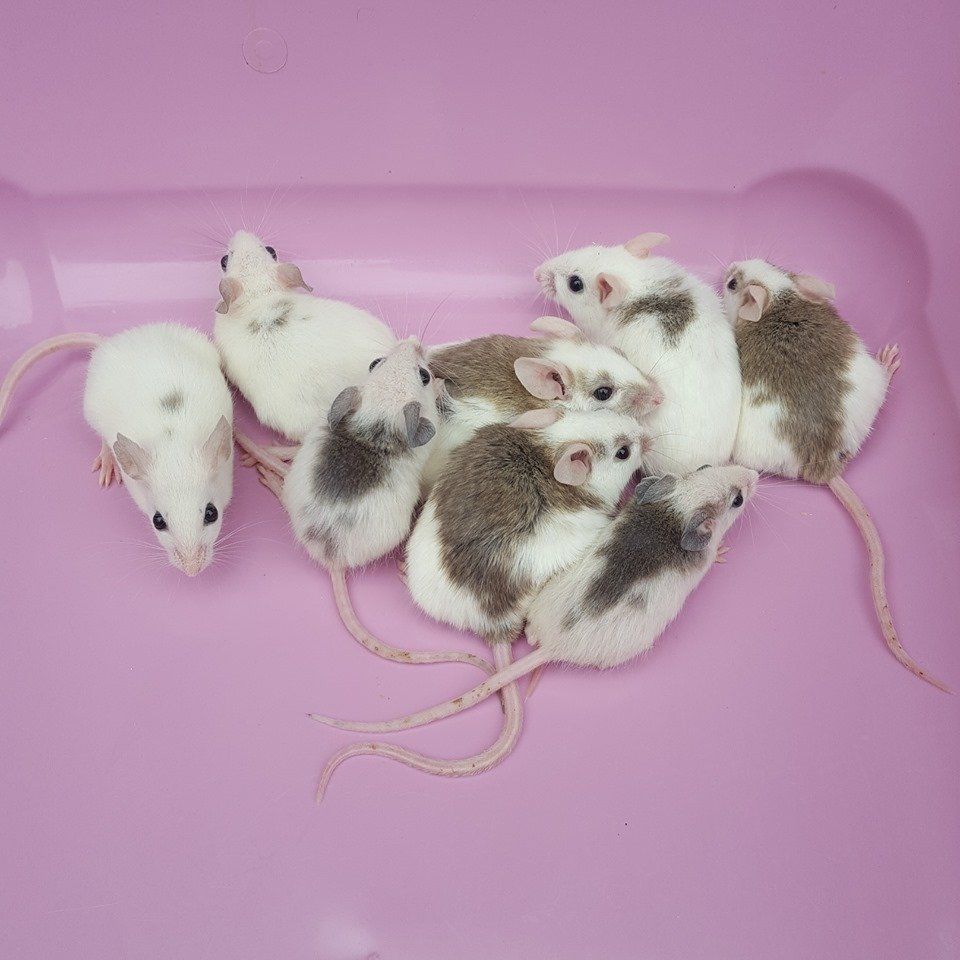
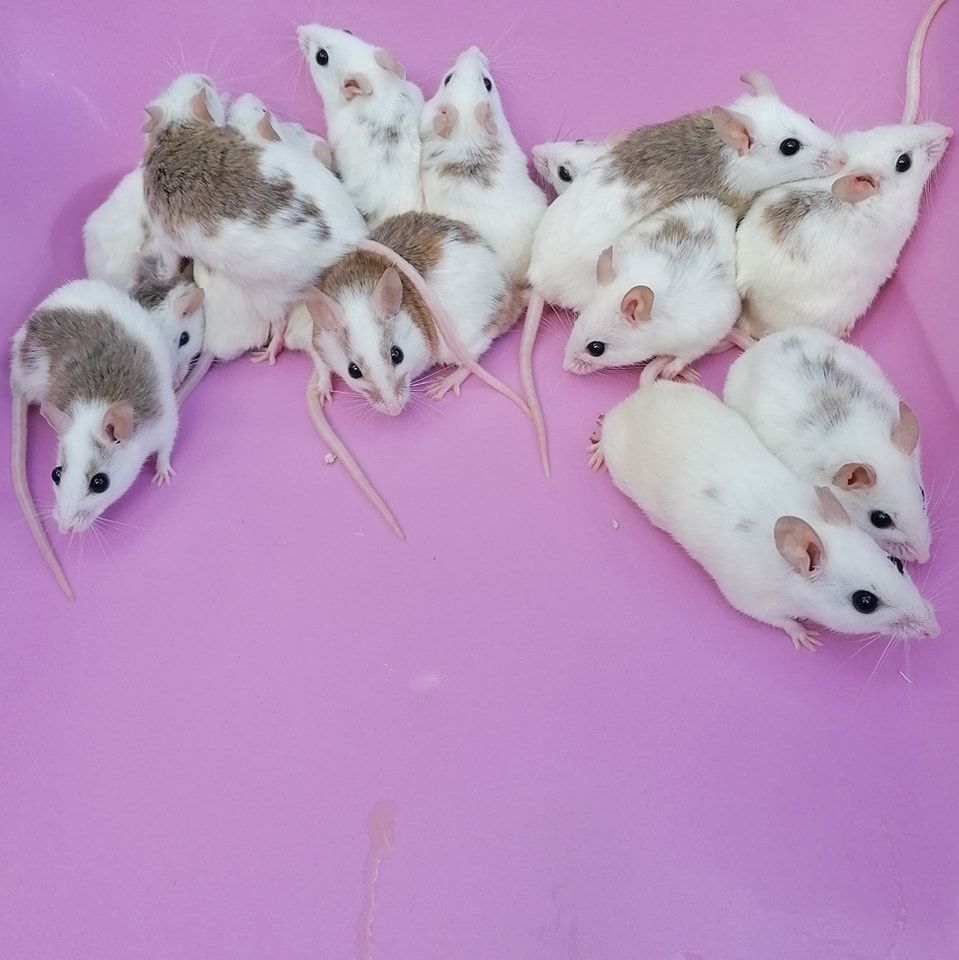
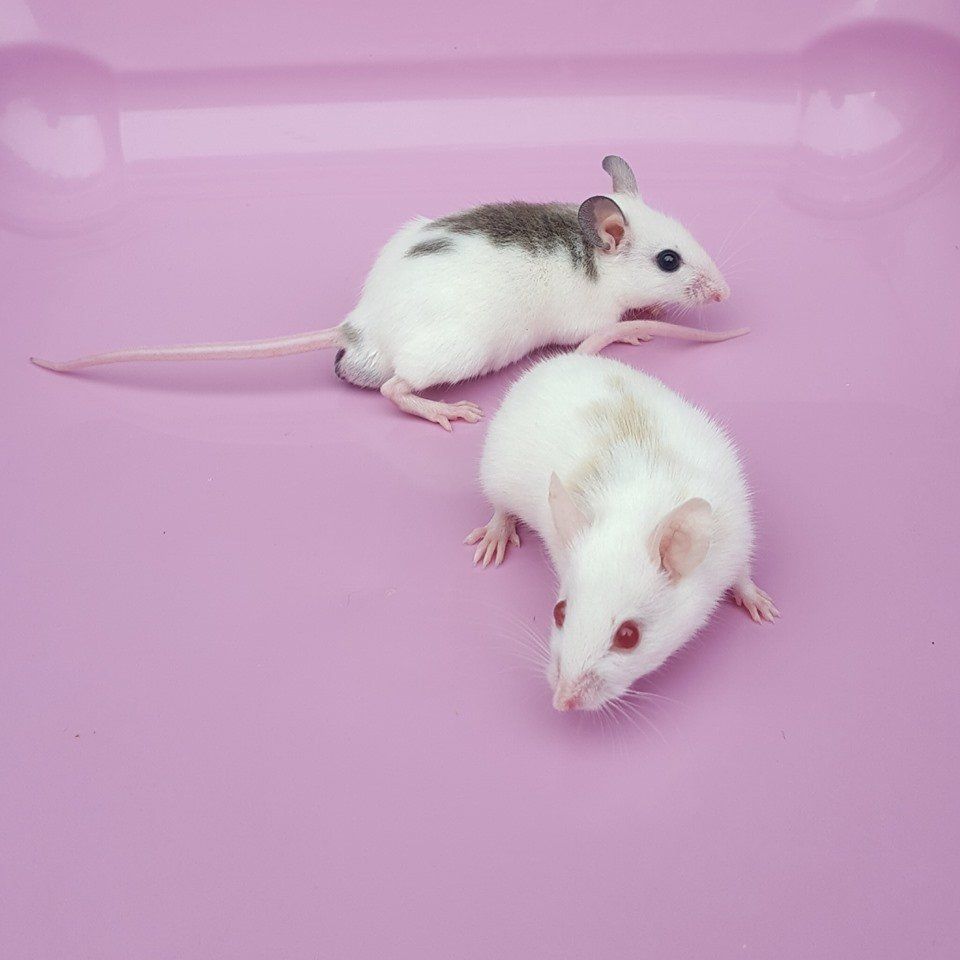

Suitable multimammate homes
Minimum size - 80cm x 40cm for a pair of multimammates.
Multimammates have a habit of chewing plastic bases so we recommend glass tanks to prevent any escapes! Here we use 3 foot glass tanks, but there are plenty of other suitable tanks on the market. Many people use old fish tanks with a handmade mesh lid.
The floor space should be a minimum of 40cm x 80cm for a pair of multimammates. We recommend more space if possible as they are very active rodents.
.
Below are some tanks we do recommend for both multimammates.
Detolf
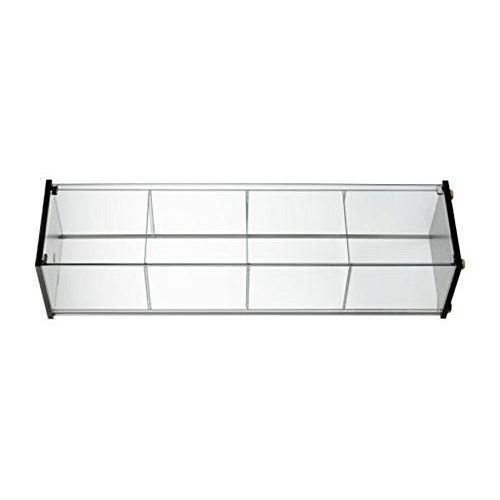
Jungle pets tank
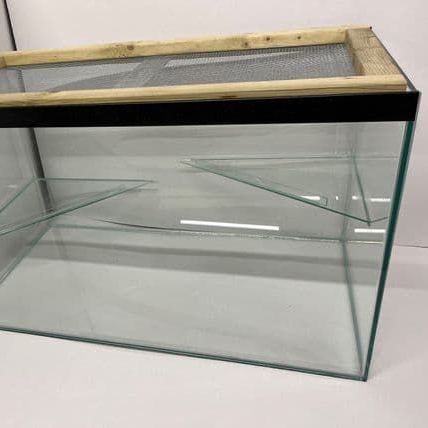
Small pet Kerry terrarium

Falco small pet cage
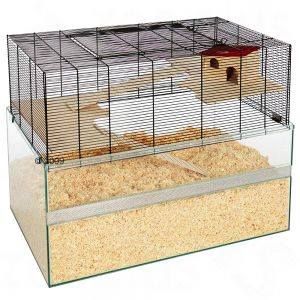
Substrate and Bedding
For the main substrate, we recommend using - Megazorb, Carefresh, Fitch bedding, shredded card, Auboise, Kaytee clean and cosy or similar products. We also add in cardboard tubes, boxes and egg boxes for them to chew and make nests in.
For nesting material we use hay as it is more natural than most bedding sold and they love to chew it too. You can also use safebed, a shredded tissue like bedding. Never give multimammates fluffy bedding, the cotton wool like bedding. It can wrap around their limbs, causing nasty injuries and can even lead to their death.
We never use sawdust or wood shavings as they can cause respiratory issues in multimammates.
Feeding
You can buy mouse or rat food very easily from most pet shops. We avoid using bowls and instead scatter the food in their substrate. This is much more natural than a bowl and encourages them to forage providing added stimulation. We also add treats such as dried grass, meal worms and vegetables, though vegetables must be removed before they rot. With multimammates, we also add in the occasional dog biscuits.
Toys and enrichment
Multimammates usually love wheels. The wheel needs to be a good size to prevent their back arching too much and the wheel needs to be solid. Wheels with gaps in them (typically metal wheels) can lead to tails getting caught.
For cheap but entertaining toys, we use cardboard tubes, boxes and egg boxes. We also use wood/branches from fruit tress, multimammates love to climb and chew these.
Below are some photos of food enrichment ideas. Stuffing boxes/jars/cardboard tubes/egg boxes with food and hay and letting them chew/dig through or wrapping food in paper are a few things we do here.
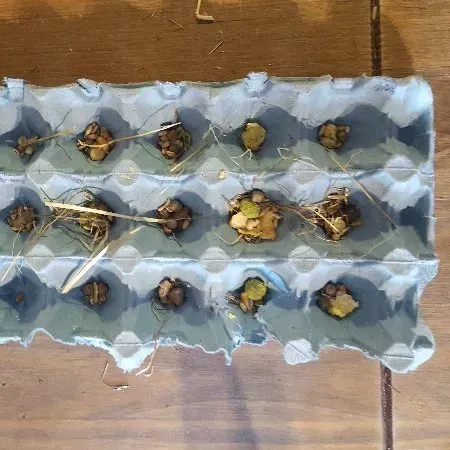
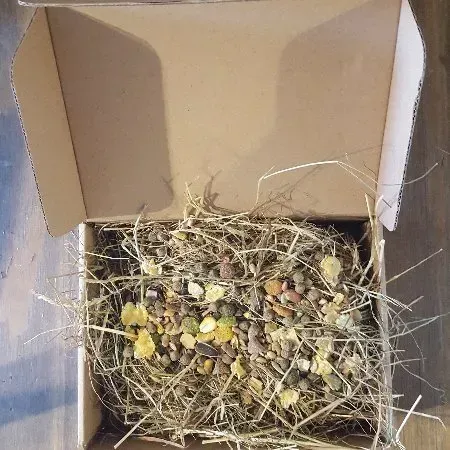
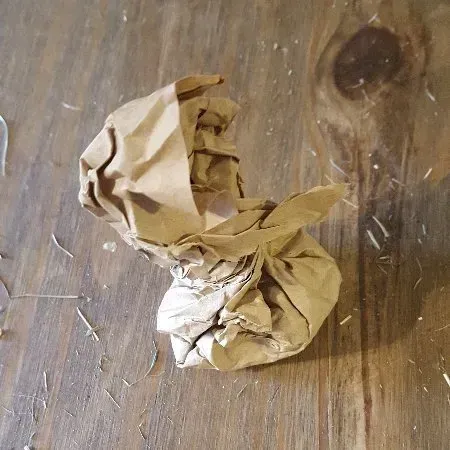
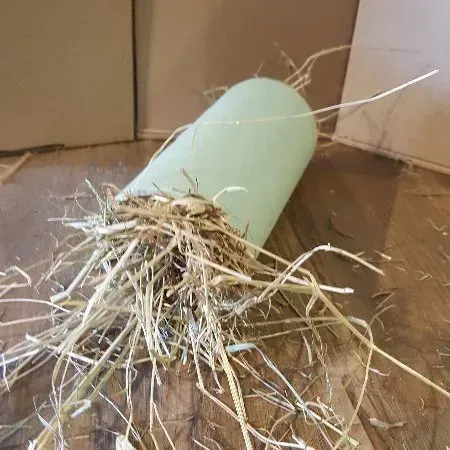
Multimammates living together
Multimammates are very sociable and are best kept with others. It is usually best to have a group or pair of litter mates.
Male and female Multimammates can be kept in same sex groups with usually no problems. .
Introducing multimammates together
Some multimammates may not accept new friends. Especially adult males who may not accept other males.
Here, we have completed many introductions. Mixing multiple multimammates together with success.
They must be introduced on a neutral territory. A small tank or carrier with very minimal but fresh substrate. Do not add any toys at this point, just some scattered food.
Allow them to interact and only separate if either blood is drawn or if one is being a bully. Separate the bully and allow the others to continue to interact. You can add the bully back in 20-30mins later.
Monitor them for a few hours and is they all seem relaxed (ideally all huddled together), you can add a house for them to hide in. This can help with them cuddling up and exchanging scent.
We advise to leave them in a small space overnight, then move them to their tank the next morning. The tank must be clean, with no smell of any other mice. Avoid adding toys for a few days and scatter feed to prevent arguments over a bowl.
Where adult male Multimammates will not accept other males, we recommend getting them neutered so they can have female companions. It is also possible to house them with fancy mice, as they cannot interbreed.
